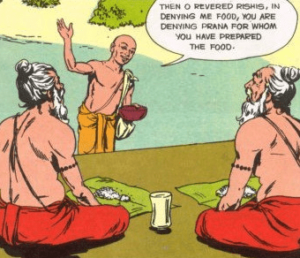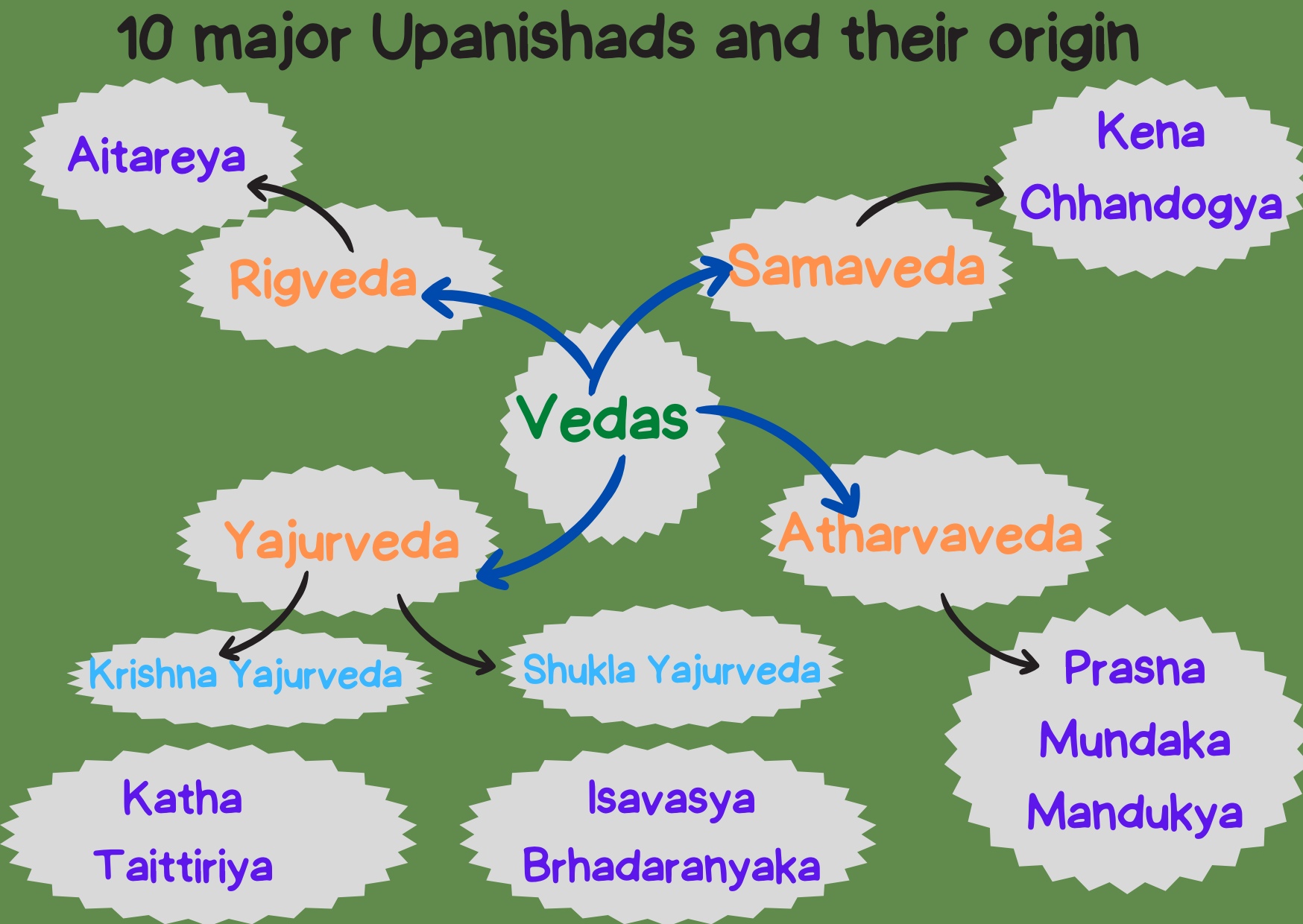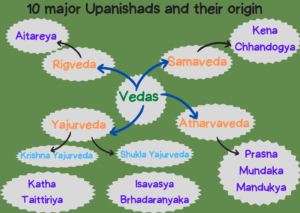Introduction
One of the earliest Upanishads, the Chhandogya Upanishad, has eight chapters. This Upanishad stressed several philosophical ideas, including awareness of virtue and evil, a connection to space, the cosmos as a whole, and unity with parmataman, among others. The lives of individuals started to alter at that point.
In parallel, Buddhism was developing in ancient India, where Gautam Buddha was available to respond to their inquiries. He imparted knowledge about life’s secrets. He explained that difficulties and suffering are a natural part of life. The people’s unchecked desires are to blame for these issues. With time and the passage of life, this can be overcome. Man must show compassion and deference to all living things, including animals. There are numerous stories of individuals realising the truths that the Buddha wanted to impart to us. These tales are referred to as the Buddha’s Tale. One of the most well-known tales is about the wise beggar. We shall go into great detail about the story and its effects in this tutorial.
History in The Story
Shaunaka and Abhipratarin were two saints who lived in the distant past. Both of them have practised meditation there before. They worshipped a divinity called Vāyu or a spirit god. He is also considered the god of the universe. People used to think that all living things are connected by a common deity. The saints bowed before the god and then sat down for their meal. Unexpectedly, a beggar approached the saints. He requested food from the saints. However, the saints weren’t ready to provide the beggar with food. The saint Shaunaka then instructed him to depart after declaring that they would not give him their food.

The beggar then enquired as to whom they were worshipping. The saint Abhipratarin then told the beggar that they revered Vāyu, a spirit god. According to the beggar, if they were worshipping a god of spirits, they should be aware that he was present throughout the entire universe. The saints responded by stating that they were aware that God’s spirit existed throughout the cosmos, and that this was why he was referred to as the universe’s creator. The beggar said, “If the god Vāyu is full of the entire world, then he is likewise full of the world. Thus, I am also a part of the universe.” The saints claimed that the beggar told the truth. The beggar then asked the saints whether they were having a meal with him, implying that they were depriving the universe’s creator god of sustenance. The beggar’s message was clear to the saints. They understood that their choice was unwise. The two sages, Shaunaka and Abhipratarin, then decided to give the beggar some of their food.
The beggar organised his food with wisdom and confidence. With this conviction, the beggar persuaded two learned sages that their acts and sermonising were not the same. The lesson here is that words and actions must match when it comes to giving to the less fortunate. Everyone should practise kindness and share their food. Furthermore, personality is defined by traits like generosity, kindness, serving others, etc.
Learnings from Story
People began exploring information through theses, or statements of opinion, in the ancient world. Second, an objection is a response that disputes or challenges the argument. Third, the synthesis is referred to as the dialectical approach to information assessment. This chapter has shown us that a book cannot be used to locate information. The book also incorporates concepts from the human brain in its writing. Our brain’s knowledge and thoughts can help us deal with any scenario we face in life. The more you learn for yourself, the more you may discover about the world. A person with minimal education ages like a plough ox. His intelligence does not grow, but his flesh does. He was able to get food for the wise by acting like a clever beggar and using his cleverness.
Summary
From this story, we can conclude that it is better to put things into action in which we believe, rather than just merely believing and not practising. The beggar similarly taught two saints that if they trusted in the universal soul, the universal soul would assist the beggar in obtaining food.
Frequently Asked Questions
1.What are Upanishads?
Ans. Hindus have ancient religious works known as the Upanishads, which are a subset of the later Vedic literature. The name “Upanishad” literally translates to “sitting down,” alluding to the fact that during the Vedic period, students would sit next to their enlightened gurus under a tree to get an education.
2.What was the main Belief of these Upanishads?
Ans. The Upanishads include the ideas of thinkers who looked for solutions to philosophical problems. They believed the Universe to be made up of something enduring that even death could not destroy. This “permanence” was created by the union of the individual soul (atman) and the universal soul (Brahman).
3.Write a note on Chhandogya Upanishad.
Ans. One of the biggest Upanishadic compounds is the Chhandogya Upanishad, which comprises eight Prapathakas and several volumes and verses in each. The volumes contain a jumble of tales and subjects. Om’s melody, the substance of everything, language structure, and cosmic literature are all present in the first prapathaka.
4.What is Atma and Paramatma?
Ans. While Paramatma alludes to the absolute, Atma refers to the human soul. Atma is used to refer to the human soul in Vedantic philosophies, while Paramatma or Brahma is used to refer to the Absolute.
5.When were the Upanishads Written? Which is the First Upanishad?
Ans. From the fifth century BCE to the second century BCE, the Upanishads were written. Brihadaranyaka wrote the original Upanishad.

